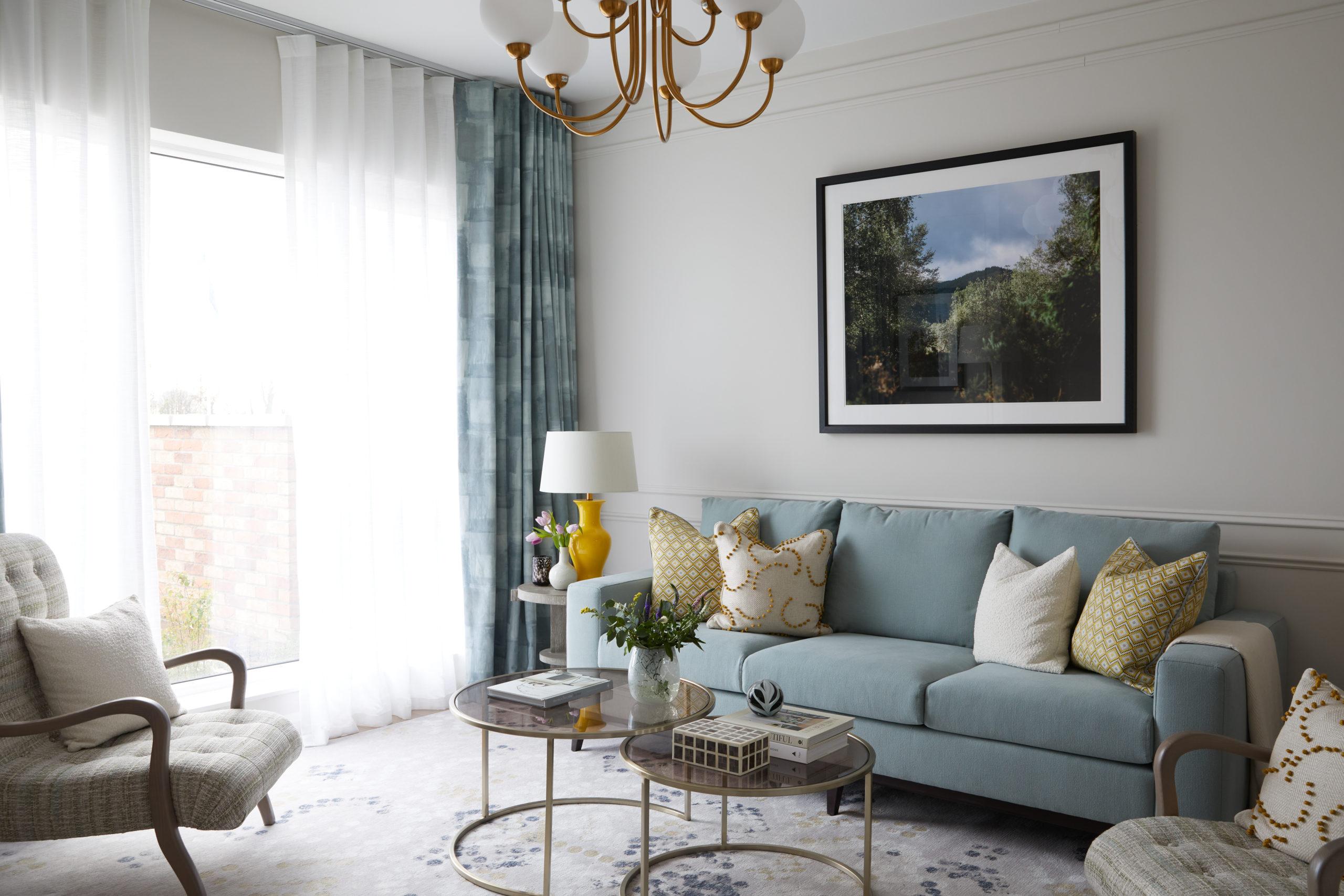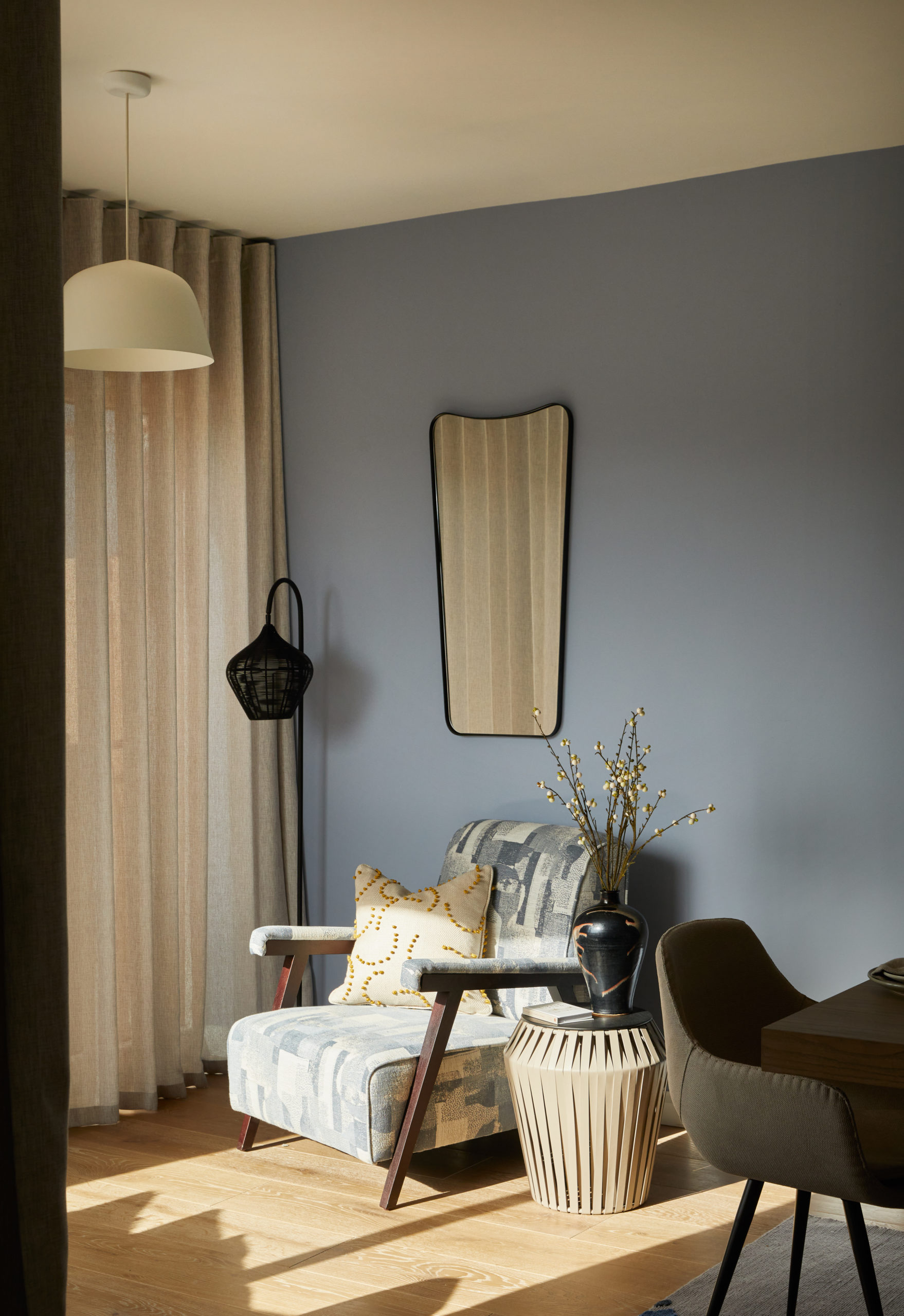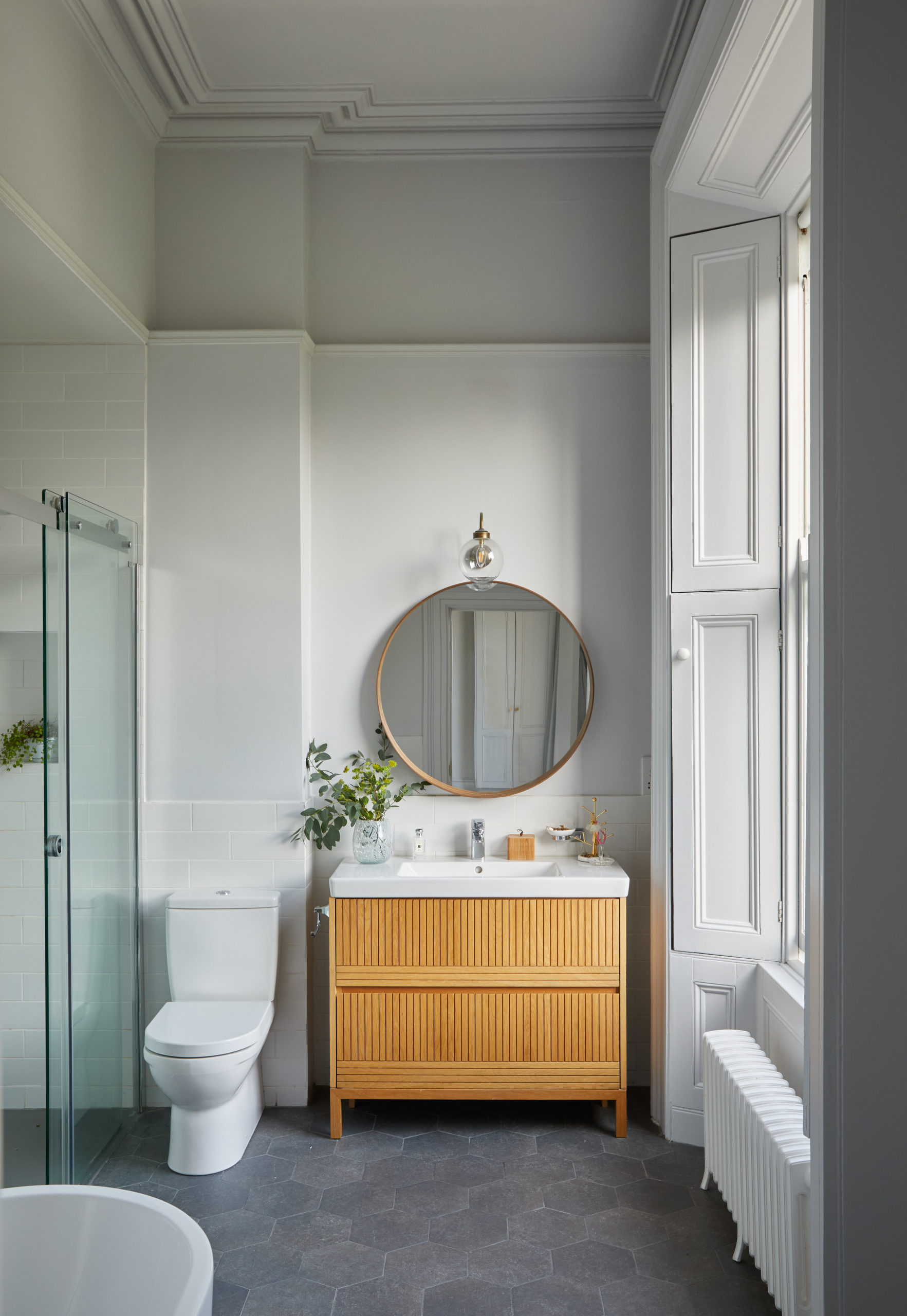BOLD COLOUR, BATHROOMS AND BEYOND…
- Furniture
- Inspiration
- Interiors
- Styling
- Textiles

Continuing our Top Tips on a Tuesday. This week we discuss bedrooms, bathrooms and beyond. We are loving answering your interior dilemmas. Keep them coming…
Question 1 | I am fed up with my living room any top tips to refresh?
So for me before you get anything new it’s all about a big declutter. Get rid of anything you don’t like. Get boxes for the kids’ toys, a bookshelf for your favourite books and then I would look at doing a repaint, this can breathe new life into a space without too much disruption to your day to day.
So once you have decluttered and repainted, the next step is about getting the correct layers and levels working in your room. Considering how you want to use the space throughout the day and year is key.
I always like to start with a focal point — whether it’s a fireplace, piece of art, view or television location — it all depends on your priorities. If you have a drop dead gorgeous view of the sea or surrounding countryside, then this should be your focal point. If you love art, and have a piece that will make your heart smile, then go with this. Getting the furniture layout right is often helped by deciding on the focal point.

Question 2 | I would like to use more colour in my home, but where do I start?!
So, for me, there are two things here. Choose colours that you love and start small. By adding a couple of items in bright, bold colours it will give you the confidence to use more and more throughout.
Colour in Action
When we put a scheme together, we use every colour in the book. In fact, we use colour to curate and create the type of atmosphere we want to achieve in a space. For example, to create a room that is serene and relaxed we tend to go for more neutral colours – taupe’s, beiges and greiges. If you’re looking to create a bit more drama or a bit more WOW factor, we tend to go darker and saturated by incorporating deep reds and burgundies, navy blues or deep forest greens.
Some designers follow the 60 30 10 rule. This allows you to approach the design of a room by breaking the colours down into areas. You start with the 60% which is a single predominant colour for the room, this would normally be your walls or large areas such as carpets. Then the 30% is the secondary colour such as ceiling, curtains or rug/carpet and you will be using this in accent elements such as armchairs or artwork. Then there is the final 10% of colour. This will be small elements that just bring in more colour to the space and could be anything from throws and cushions to pieces of art or decorative items. Accent colours can be lighter colours in a dark room or darker colours in a lighter room.
Alternatively, you can go very neutral by taking creams, beiges, greiges and layering them up. When we design a room, we often have the accent colours in mind which allows us to help the client to see them as interchangeable. Then in coming years if you want to refresh your interior all you need to do is swap out your accent colour and it can completely transform your space.

Question 3 | Am planning a bathroom renovation where do I start?
So for me here, it’s the brief. It’s quite an expensive room to refurbish. You’ll have every trade going through it, so you have to set out from the beginning exactly what you are trying to achieve.
How to make your brief
Start by asking yourself, what do you want to achieve with this space? What are its limitations, such as size, location, and so on?
Not everyone has the luxury of acres of space. You may want a giant tub to soak in on weekends but have space for only a shower — in that case, add a bit of luxury, such as a shelf seat, to make the most of it.
Start by creating a mood board, pulling pictures from Pinterest and magazines. Decide on your direction — modern or classic — and stick with it. Trips to local showrooms will provide inspiration and help you select your sanitary ware. Alternatively, go online to sites such as bathstoreandmore.ie to get an idea of prices.
Get tile and paint samples before you buy, and make sure to work with your tiler to ensure you get a tile set out (pattern) that you like. Smaller tiles on the walls with larger tiles on the floor can often work well.
Also don’t forget to buy your bathroom accessories when you are doing the overall job to ensure you have someone to install holders, hooks and rails.
